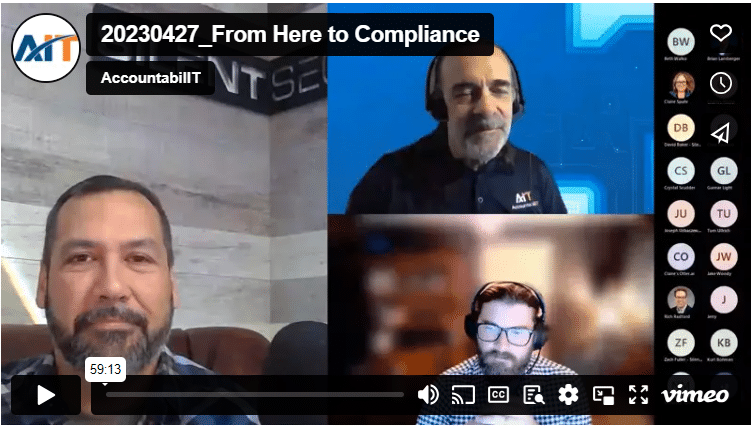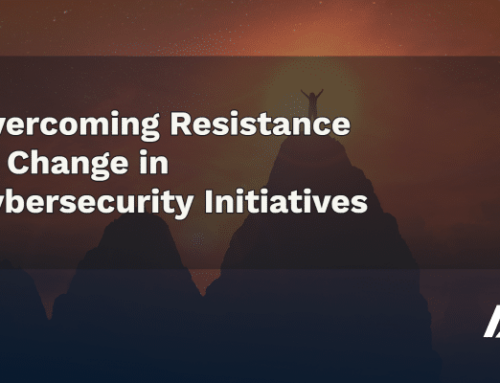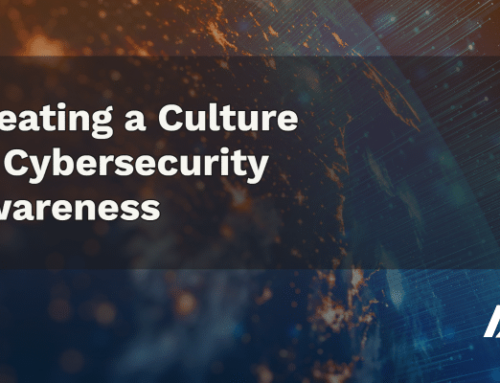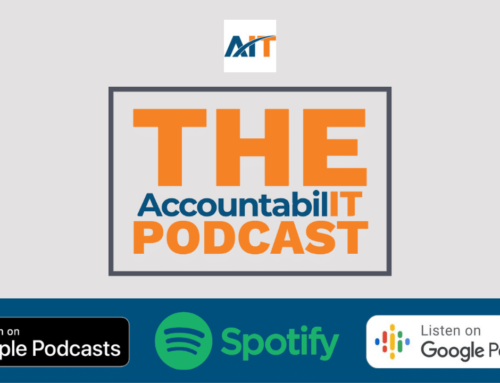As cybercrime escalates at an alarming pace, businesses worldwide are thrust into an urgent battle for cybersecurity. Governments and regulatory bodies, struggling to keep pace, are responding with targeted guidelines and regulations. While these measures span across various industries and activities, their main purpose remains the same: to protect consumers and reinforce your organization’s data and network security.
Yet, it’s no easy feat. The real challenge lies not just in warding off cyber threats, but also in managing a multitude of cybersecurity frameworks. Each one has its own unique demands, presenting a complex puzzle. Are you ready to face this challenge? Keep reading, and we’ll guide you through this intricate maze.
This article explores the hurdles in achieving cybersecurity compliance, offering effective strategies and best practices to simplify the process. We’ll spotlight companies that have deftly navigated these challenges and underline why maintaining compliance is a must to safeguard your assets.
Decoding Regulations and their Implications
Cybersecurity regulations exist to protect businesses and consumers alike. However, their strictness varies significantly by industry and geographical location. For instance, financial institutions must adhere to the Gramm-Leach-Bliley Act (GLBA) and the Sarbanes-Oxley Act (SOX) to safeguard financial data. Healthcare providers are regulated differently and must comply with the Health Insurance Portability and Accountability Act (HIPAA) to protect patient information.
Understanding which regulations apply to your business is vital. Non-compliance can lead to severe penalties, including hefty fines and damage to your reputation. And, since standards continually evolve, it’s crucial to remain compliant or face potential financial or legal repercussions, not to mention damage to your customer trust.
Maintaining compliance may seem overwhelming, but it’s the best defense for your business, your customers, and your employees. This involves keeping your cybersecurity policies current, delivering regular employee training, and continually assessing and updating your security measures to counter evolving threats.
Compliance is not merely a protective measure; it’s a competitive advantage. By adhering to cybersecurity standards and regulations, companies underscore their commitment to customer protection, enhancing brand credibility and trust. Conversely, organizations that neglect compliance measures can suffer adverse effects, such as client attrition and loss of investment opportunities.
Strategies to Meet the Regulatory Demands in Cybersecurity
1. Establish a Comprehensive Compliance Program
Implementing a detailed compliance program is paramount for regulatory demands. It involves defining policies and procedures aligned with regulatory requirements, delegating responsibilities for compliance tasks, and regularly monitoring compliance.
Documenting and reporting compliance status to regulatory bodies, having a robust breach response process, and fostering a culture of security awareness are also essential for avoiding compliance infringements.
2. Automate Compliance Processes
Compliance can be resource-intensive and time-consuming. Thus, whenever possible, automating these processes can be beneficial. Use software tools, conduct regular vulnerability assessments, and implement Security Information and Event Management (SIEM) solutions to promptly detect and respond to security incidents.
Automation not only saves time and cuts costs but also ensures consistent compliance with regulations.
3. Engage Skilled and Experienced Partners
For businesses with limited resources, navigating cybersecurity compliance can be daunting. Engaging a proficient and experienced partner can alleviate compliance pressures. Compliance consultants can provide expert guidance and support throughout the compliance journey, and managed service providers can offer security monitoring, incident response, and compliance management services.
Additionally, managed security service providers (MSSPs) can provide security monitoring, incident response, and compliance management services, freeing up internal resources and ensuring compliance.
Examples of Companies Navigating Regulatory Challenges
Microsoft
Microsoft’s comprehensive cybersecurity stack aligns with various industry regulations. The products include integrated business security solutions across platforms and cloud environments. Key components include Microsoft Defender, which provides advanced threat protection, and Microsoft Sentinel, an AI-powered SIEM system that provides organization-wide visibility.
As an early adopter of Microsoft Sentinel, AccountabilIT was one of the first providers of Managed Microsoft Security Powered by Sentinel, now known as Managed XDR Powered by Microsoft Sentinel. Many of our customers have chosen this service because of how we implement it, checking off a large quantity of the requirements for most cybersecurity frameworks, including the NIST Cybersecurity Framework, ISO 27001, CIS Controls, CMMC,, and others.
This revolutionary service brings a sophisticated, enterprise-level cybersecurity stack to businesses of all sizes. It can scale up or down to the needs of the business, and the pricing is based on actual consumption, not tiered pricing or flat fees. It’s also a cost-effective solution because it leverages the security features of E3 and E5 licenses that many organizations already pay for.
Microsoft has empowered businesses to manage threat protection, compliance, and identity through these security solutions, making regulatory compliance more accessible for businesses of all sizes.
KnowBe4
KnowBe4, a leading security awareness training provider, has a robust cybersecurity framework that ensures the secure handling of customer data. The company restricts access to customer and confidential data based on the role within the organization and enforces mandatory multi-factor authentication. KnowBe4 maintains compliance with the European Union’s General Data Protection Regulation (GDPR) and uses third-party data encryption. The company also allows customers to select their data storage location based on their data localization requirements. KnowBe4’s Security Awareness Training offering maintains FedRAMP Li-SaaS ATO; all products are certified SSAE18 SOC2 Type 2.
KnowBe4, the global leader in security awareness training, is a partner of AccountabilIT, and we are proud to offer their best-in-class training as a managed service. This partnership allows us to provide our customers with top-tier security awareness training, further enhancing their cybersecurity posture and compliance with regulatory mandates.
 Dive Deeper into Cybersecurity Frameworks
Dive Deeper into Cybersecurity Frameworks
This article is just the tip of the iceberg. To learn more about cybersecurity frameworks, check out our webinar, From Here to Compliance: Building Your Cybersecurity Roadmap.
In this recording, seasoned professionals John Joyner and Lauro Chavez impart invaluable knowledge about the essential elements of a strong cybersecurity framework. They also delve into the discussion of the current popular cybersecurity frameworks that are widely adopted today.
More of a podcast listener than a webinar viewer? check out episodes 1-3 of AIT: The AccountabilIT Podcast.
Looking for the Right Guidance for Your Cyber Strategy? Contact AccountabilIT
Having the right guidance in cyber strategy, compliance programming, technology implementation, or managed security services can make all the difference in getting ahead of any changes or issues that arise along the way. By prioritizing cybersecurity planning now, businesses have a greater chance of safeguarding their systems from threats and maintaining their reputation in this digital landscape.
Security is not static; regulations are constantly evolving, so upkeep is essential. If you’re looking to strengthen your security posture or mitigate existing risk, contact AccountabilIT today to discuss how you can get your cybersecurity program up and running in as little as six weeks.


